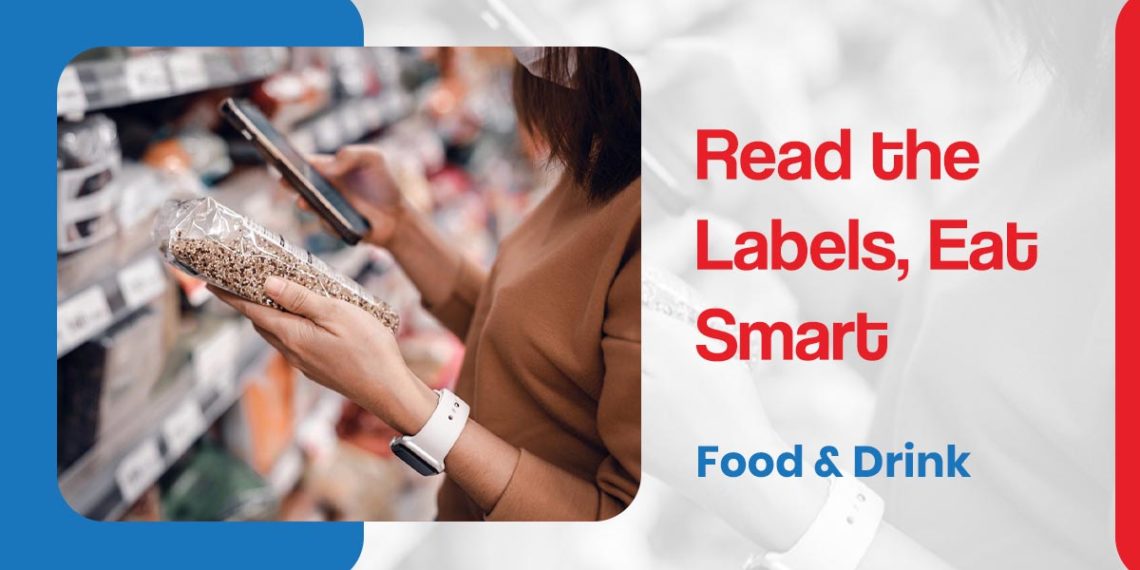Body
Reading food labels is a good way to educate yourself about what is really in the food that you eat. Discover how reading labels can help you to eat smart, and avoid the pitfalls of some food claims.
Do you believe that foods that are labeled as low-fat, reduced sugar or low sugar or reduced cholesterol are ideal foods for you to eat at meal time or snack time? Perhaps you believe that foods that have the word “nutrition” or “healthy” in its name or description are good options. The truth is that these types of foods are sometimes bad food choices that you can make when you need to choose healthy foods.
Have you ever compared the regular option and the reduced fat option labels of a food item? Try it and you may be very surprised at what you find when you compare the labels. One example is regular peanut butter and reduced fat peanut butter. The reduced fat version of the same brand of peanut butter contains considerably higher amounts of sugar than the jar of regular peanut butter. Take a look at low sugar, reduced sugar, or sugar-free items. They may not be as good for you as you believed before reading the label.
Do you know how to correctly read food labels? The University of California San Francisco explains that you want to look at three things on the food label. Look at the serving size. Next, read the number of servings per container or package. Remember to look at total carbs. The total carbs lets you know the number of grams of carbs in one serving.



